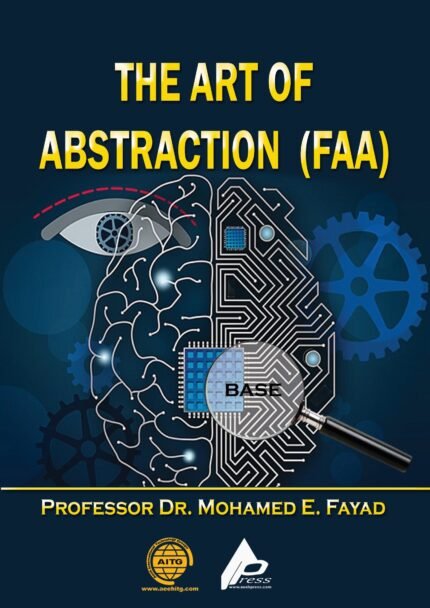
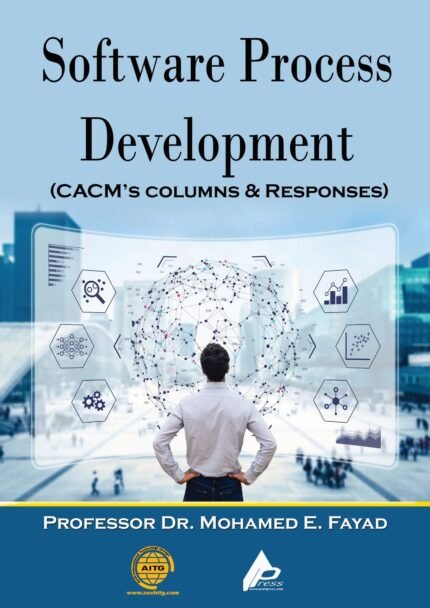
Knowledge Map for Unified Domain Analysis (KM-UDA) Volume 01 – Intelligence Technologies
$99.99 – $199.99
Problem space is the set of all problems and represents “What” are any domain’s functional and non-functional requirements? And it is not a subset of the solution space. Knowledge Map for Unified Domain Analysis (KM-UDA) discovers all the truths (the functional and non-functional requirements) about any domain. The existing domain analysis techniques and domain experts are very good at identifying the tangible aspects of any discipline that considers the applications aspect of the analyzed field. KM-UDA forms the basis, core, and strong and unified foundation to understand any domain problem and its solution patterns. KM-UDA can create analysis based on the fundamental concepts of unification and stability. This book contains the following KM-UDA: 1. Knowledge Map of Stable Machine Learning (KM-SML) 2. Knowledge Map of Unified Deep Learning (KM-UDL) 3. Knowledge Map of Unified Black Chain (KM-UBC) 4. Knowledge Map of Stable Wearable Technology (KM-SWT) 5. Knowledge Map of Unified Smart Home (KM-SSH)
| BOOK |
Hardcover ,Paperback ,Kindle |
|---|
Product details
-
Publisher : AEEH PRESS INC
-
Language : English
-
ISBN :
978-1-964282-53-4
-
Item Weight : 1.14 pounds
-
Dimensions : 6 x 0.68 x 9 inches
-
Illustrations by Mahmoud Asaad
-
Release Date: August 2025 or before
-
Number of Pages – between 350 to 450 pages
-
Author: Professor Dr. Mohamed E. Fayad
Book flyers
Book Press releases
Copyright © 2025 AEEH PRESS INC
All Rights Reserved. No part of this publication may be reproduced, stored in a retrieval system, or transmitted, in any form or by any means, electronic, mechanical, photocopying, recording, or otherwise, without the written permission of the author.


MAECENAS IACULIS
Vestibulum curae torquent diam diam commodo parturient penatibus nunc dui adipiscing convallis bulum parturient suspendisse parturient a.Parturient in parturient scelerisque nibh lectus quam a natoque adipiscing a vestibulum hendrerit et pharetra fames nunc natoque dui.
ADIPISCING CONVALLIS BULUM
- Vestibulum penatibus nunc dui adipiscing convallis bulum parturient suspendisse.
- Abitur parturient praesent lectus quam a natoque adipiscing a vestibulum hendre.
- Diam parturient dictumst parturient scelerisque nibh lectus.
Scelerisque adipiscing bibendum sem vestibulum et in a a a purus lectus faucibus lobortis tincidunt purus lectus nisl class eros.Condimentum a et ullamcorper dictumst mus et tristique elementum nam inceptos hac parturient scelerisque vestibulum amet elit ut volutpat.
Related products
Fayad’s The Art of Abstraction (FAA)
Every field of knowledge depends on ABSTRACTIONS. We could do better on the abstraction process and the type of abstractions because it is based mainly on tangibility and ignores other, more essential abstractions. This Book is based on a great verse in the Quran" And taught Adam all the names" (The Qur'an, Sura Al Baqara:30 to 37). The art of abstraction is looking at every concept (Noun and Noun Phrase) within the dictionary of natural language (the way that will be used and utilized in the future for all our systems) as a unique system in a way that every concept has an extraordinary discovery that includes functional requirements, non-functional requirements, stable and Unified design, contexts, challenges, constraints, applicability, measure-ability, and others. Each concept can be documented in 3, 6, 20, 60, or 900+ pages. The Book has a few dictionaries called the art of Abstraction and Unification, discoveries of Stable and Unified: Intelligent Systems, Machine Learning & Standards, Business, Big Data, Deep Learning. This art of abstraction and unification discoveries have unlimited advantages: 1. Understand and appreciate our natural languages 2. The future of technology depends on these discoveries. 3. Unification of domain analysis of any field of knowledge 4. Know how to generate stable and unified requirements and the ultimate design of any system. 5. Knowledge Unification 7. Limit and control maintenance problems 8. Explore and create a massive number of new systems 9. Generate better methodologies for developing unified and stable systems 10. Stop re-inventing the wheels 11. Develop self-manageable, self-adaptable, self, extendable, and self-configurable systems with unlimited applicability and reuse. 12. Appreciate and have a deep understanding of the holey books 13. A peak of how the future looks like. And many more.
Software Engineering in The Small.
Over the past many years, software has become a vital component of almost every business and national economy. Virtually any product or service has become software enabled. As a result, organizations’ competitiveness largely depends on their ability to use the software as a competitive weapon. What makes the competitive landscape more complex is the kind of pressures organizations face in terms of time to market, new features, cost, and, of course, quality and reliability. Furthermore, organizations are finding it increasingly challenging to operate as convergence, discontinuity, and economic boundarylessness lead to the birth of a new breed of global customers. And any organization’s survival—let alone success—is therefore clearly becoming dependent on an ability to understand the characteristics of such international customers and serve them accordingly. In their quest for software excellence, organizations must rely increasingly on software engineering techniques and methodologies and rely on and refine their traditional business strategies. This book: 1. Extends four well-known CACM thinking (O=Object) Objective Software Engineering in the Small columns: I. Software Engineering in the Small II. Problems with Scalability III. Management in the Small IV. Process Improvement in the Small 2. Discuss the September/October 2000, IEEE Software Introduction: Software Engineering in the Small theme Issue 3. Comments and explains responses, 4. Answers many questions.
Stable Design Patterns (SDPs)(BASE)
Stable Design Patterns (SDPs) represent Business Objects (BOs) Concepts, provide a proper understanding of the problem (functional and non- functional requirements) and solution spaces (ultimate design), and show that a formation approach to creating stable design patterns (SDPs), and applicability accords with Alexander’s current understanding of architectural patterns. This book examines SDPs concerning the following five central themes: 1. What are the unique roles of SDPs for BOs in modeling proper understanding and developing the problem (functional and non-functional requirements) and the accurate solution (ultimate design) of BO? 2. How do we achieve software unification and stability over time and design SDPs that are effective to use? 3. What is the most efficient way to document SDPs to ensure efficient reusability? The book is an extension to the contemporary templates used in recording SDPs. 4. A pragmatic approach is presented for understanding the problem domains, utilizing SDPs for any field of knowledge, and modeling the stable and unified foundation of BOs, reusable components, and engines. 5. SDPs present a fresh approach for creating self-adaptable, self- customizable, easily extensible, personalize-able, self-configurable, and self-manageable design patterns that meet future requirements and changes in the operating environments.
The Success of Achieving the Ultimate Goals of Any Word When Clearly Defined (Any Plan, Any Crime, Any Criteria, and Any Assumption )
Capabilities (WORDs) are the business-centric workhorses called Business Objects (BOs) that support the realization of fulfillment of a goal where goals (WORDs) are Enduring Business-centric Themes called (EBTs). Goals and capabilities are enduring artifacts, but with a minor difference: They are externally adaptable via hooks that are easily connected to the application objects called Industrial Objects (IOs) The Goals and Capabilities present the problem space, which are stable and unified functional requirements that do not exist in current system development. The “Golden Rule”: Ultimate Goal (UG) is considered to be the first of more than 50 discovery keys and follows the “golden rule”: (1) Most BOs have a unified, Stable, and final goal. (2) A few BOs have two goals. (3) Rare BOs have three goals. This volume shows that the ultimate goals that are discovered of: Any Plan, Any Crime, Any Criteria, Any Assumption.
The Success of Achieving the Ultimate Goals of Any Word When Clearly Defined (Any Skill, Any Performance, Any Reason, and Any Rule)
Capabilities (WORDs) are the business-centric workhorses called Business Objects (BOs) that support the realization of fulfillment of a goal where goals (WORDs) are Enduring Business-centric Themes called (EBTs). Goals and capabilities are enduring artifacts, but with a minor difference: They are externally adaptable via hooks that are easily connected to the application objects called Industrial Objects (IOs) The Goals and Capabilities present the problem space, which are stable and unified functional requirements that do not exist in current system development. The “Golden Rule”: Ultimate Goal (UG) is considered to be the first of more than 50 discovery keys and follows the “golden rule”: (1) Most BOs have a unified, Stable, and final goal. (2) A few BOs have two goals. (3) Rare BOs have three goals. This volume shows that the ultimate goals that are discovered of: Any Skill, Any Performance, Any Reason, and Any Rule
Unified Software Engineering Reuse (USER)
USER and systems built by using it answer the problems of low reuse, high costs, phasing out software solutions, components with significant impedance mismatch to be reused, and more. Research and development done for USER would enable the practitioners and researchers of software engineering to look at new ways of developing software that solves these problems, especially dealing with the issues associated with requirements and domain analysis in reuse. Unified Software Engineering Reuse (USER) would give rise to a new way of looking at software and building software solutions. USER can enable interdisciplinary research development in a big way and can bring different bodies of knowledge, and applications together, e.g., for biochemistry, bioinformatics, medicine, media, etc. USER enables building software systems that are self-adaptable and applicable for applications spanning multiple domains, unlike traditional software tools. It can be a catalyst for bringing scientists and students from varied fields to a common ground and building applications across these different bodies of knowledge. USER takes the field of software engineering to the next level. Software has become integral to everything our environment consists of today. The book presents a pragmatic and an intuitive approach to understanding the problem of existing reuse and utilizing USER as the central perspective of experience and business-centric intuition (stable reuse techniques and assets).
Wells Fargo: a symbol of denial and irresponsibility by Dr. Mohamed E. Fayad
Credit Bureaus and Financial InsWells Fargo: a symbol of denial and irresponsibility I became at the end of my rope after my rights were lost, my reputation was tarnished, and my financial and social situation was weak when my ex-wife seized the opportunity to open two accounts at Wells Fargo Bank without my knowledge in 2012. Moreover, in collaboration with a bank employee, she forged my signature during my illness and heart transplant in July 2016. My ex-wife kept withdrawing large sums of money from those accounts. After discovering the two accounts in 2018, they were closed. As a result, this matter left a bad reputation in my financial situation and significantly harmed me. Due to this, I fell into significant problems, including being deprived of financial transactions with the bank and being refused any requests I submitted. Moreover, funding sources stopped, and many of my projects stopped with them. My request to open an account for my publishing house was denied despite having all the necessary legal papers. Then, I submitted complaints to the bank to investigate the matter, primarily related to the crime of forging my signature. Still, the case has not been decided so far, and my complaint has not been answered nor investigated as if I were screaming in a desert where no one responded to my call or felt my suffering. The ugliest thing is the inhumane treatment that the bank employees at Wells Fargo used to deal with me. The bank took arbitrary measures against me and my commercial accounts and regularly disbursed vast sums of money to several institutions without my consent. The bank deliberately spent vast sums of money on my ex-wife, who withdrew my savings and money without my permission and knowledge, not to mention the mistreatment by the bank employees. titutions are nothing but Vindictive Bureaus. I have suffered a lot from the mistreatment of companies, banks, credit bureaus, and Wells Fargo, which I think colluded with the bank I deal with and deliberately destroyed my financial reputation and all my business, which negatively affected all my activities and deprived me of my economic rights by publishing false information about me to all financial institutions and all parties that need a financial report on me. In the last six years, I have compiled a complete record of all credit companies and their offices, due to which I wasted a lot of time contacting all of them on the phone and writing correspondence to them. However, they didn't help me with anything. Moreover, I didn't get any support from them to compensate me for what I suffered, like severe losses and damages, and they unjustly robbed me of money. Please consider these allegations of mine because they are tough. You can check the evidence attached to the book, which includes the latest information about my bank and credit cards and contains many errors and contradictions. I am tired of being rejected and unwarrantedly mistreated by all banks.
الطريق إلى النجاح: تحقيق الأهداف النهائية لأي كلمة عند تحديدها
Capabilities (WORDs) are the business-centric workhorses called Business Objects (BOs) that support the realization of fulfillment of a goal where goals (WORDs) are Enduring Business-centric Themes called (EBTs). Goals and capabilities are enduring artifacts, but with a minor difference: They are externally adaptable via hooks that are easily connected to the application objects called Industrial Objects (IOs) The Goals and Capabilities present the problem space, which are stable and unified functional requirements that do not exist in current system development. The “Golden Rule”: Ultimate Goal (UG) is considered to be the first of more than 50 discovery keys and follows the “golden rule”: (1) Most BOs have a unified, Stable, and final goal. (2) A few BOs have two goals. (3) Rare BOs have three goals. This volume shows that the ultimate goals that are discovered of: Any Plan, Any Crime, Any Criteria, Any Assumption.

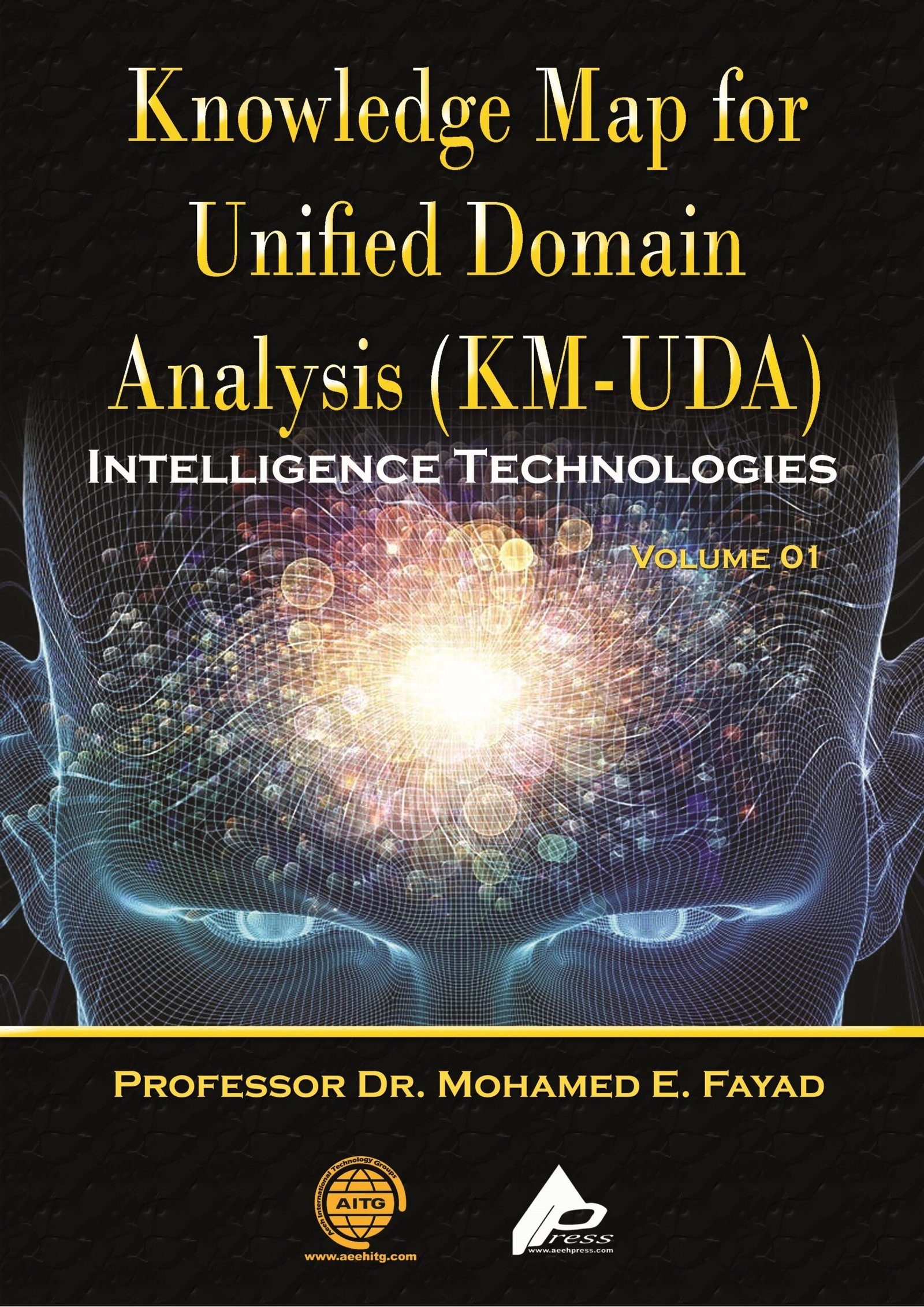
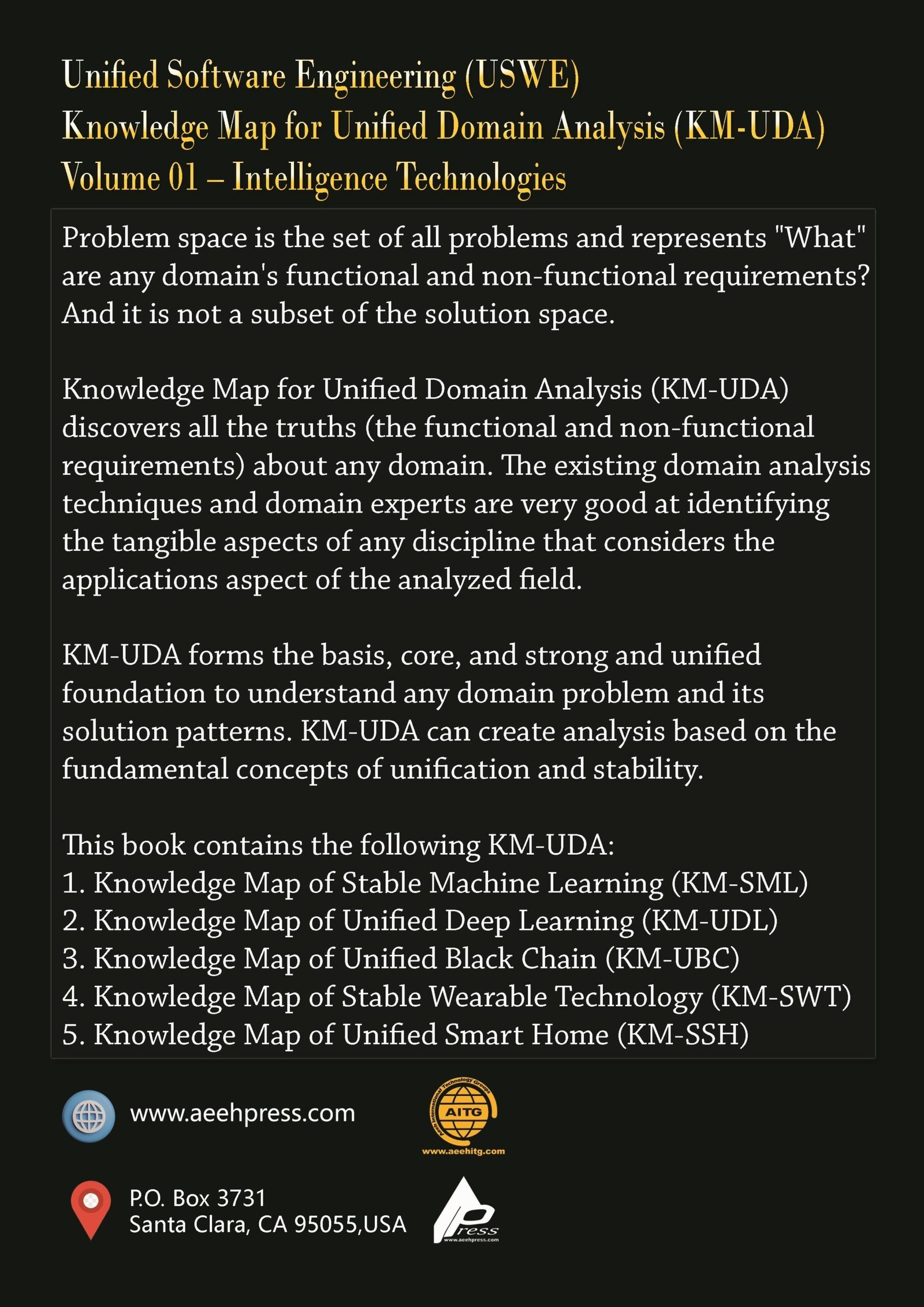
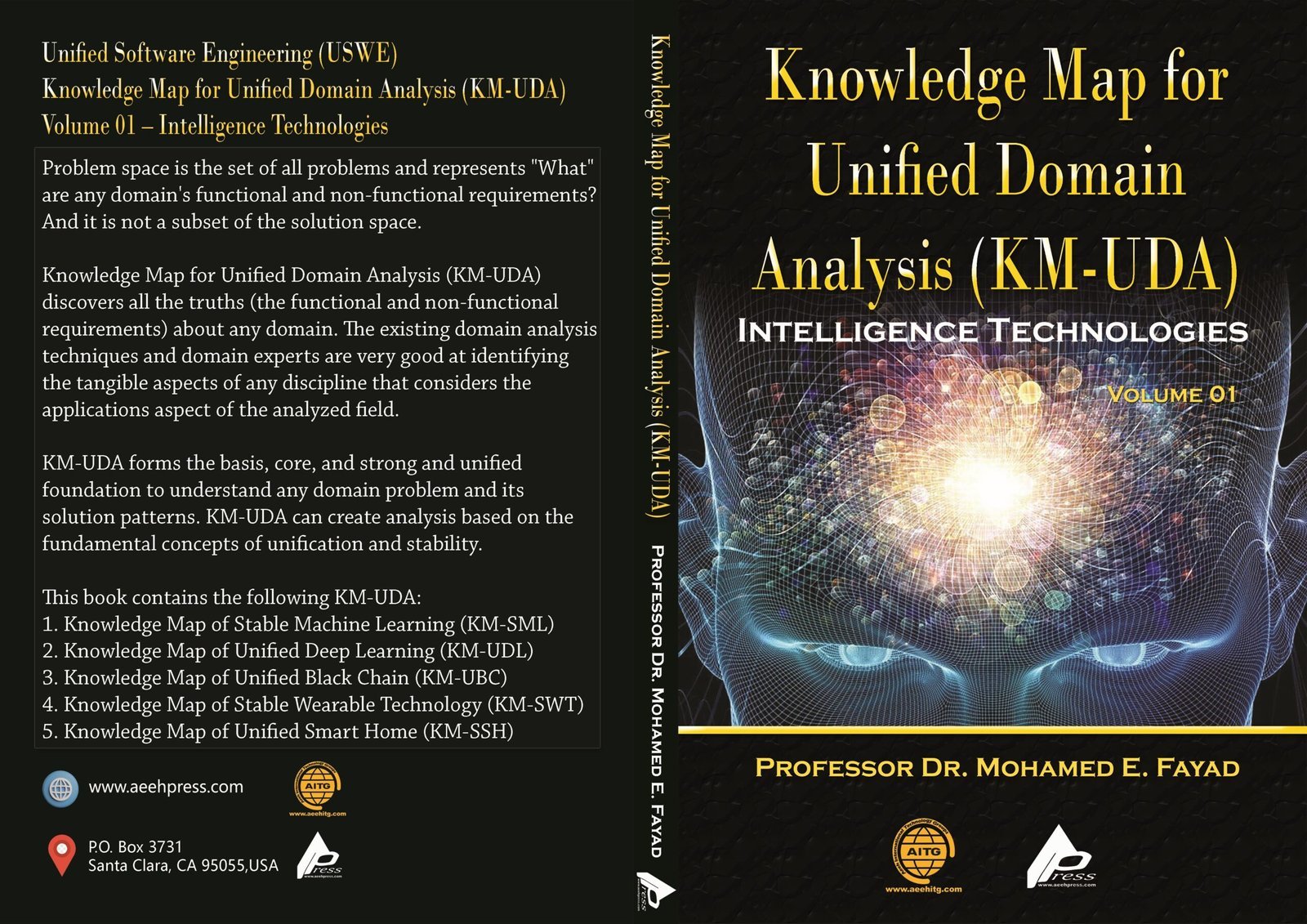

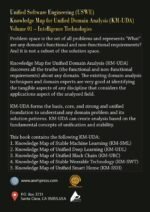
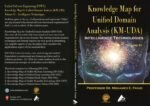
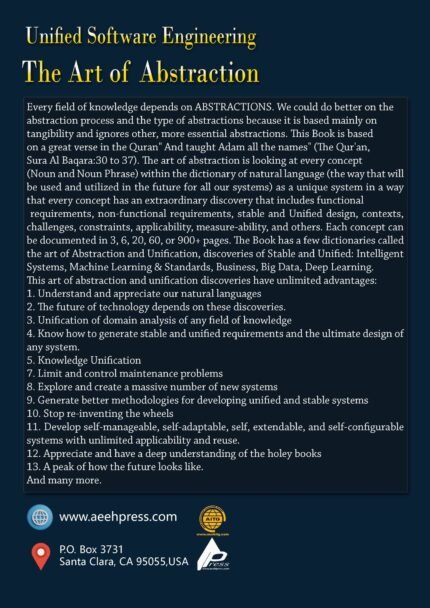
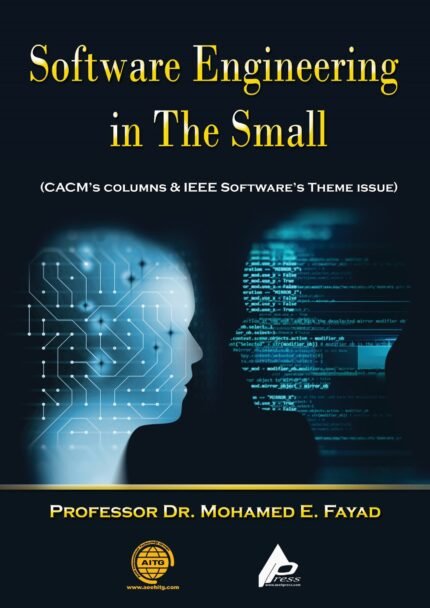
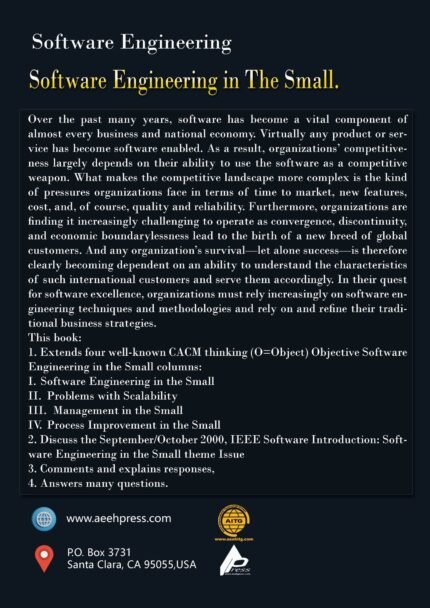

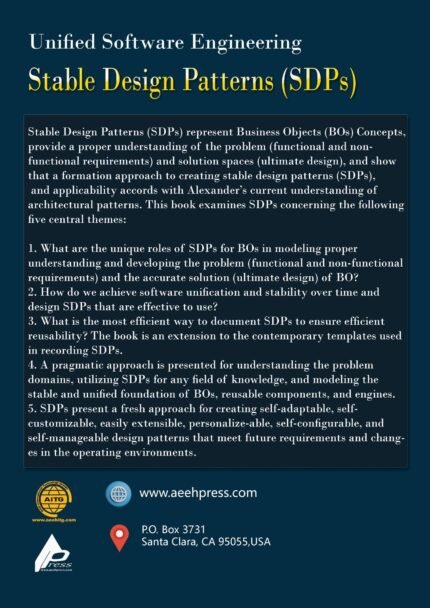
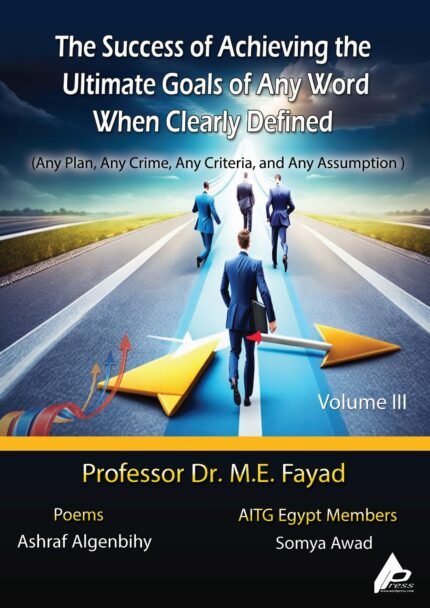
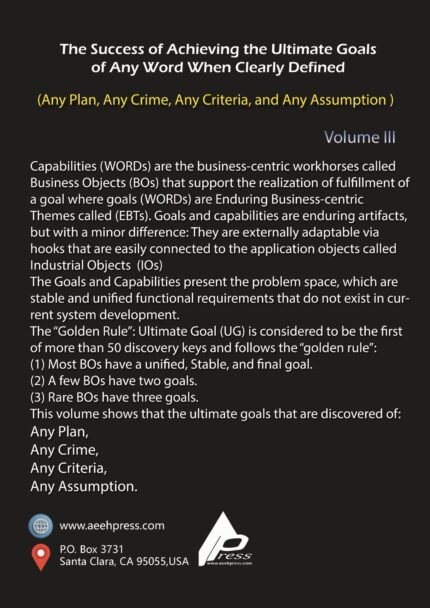
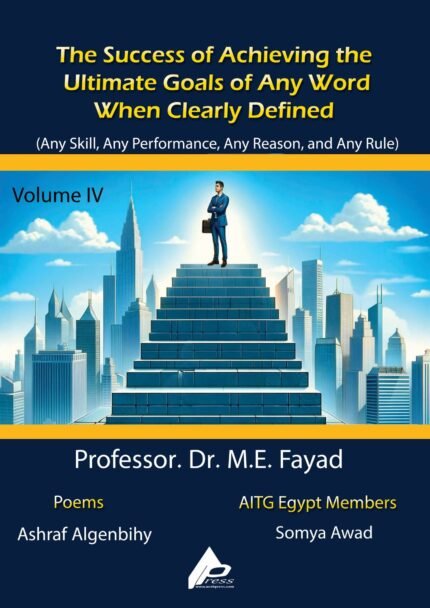
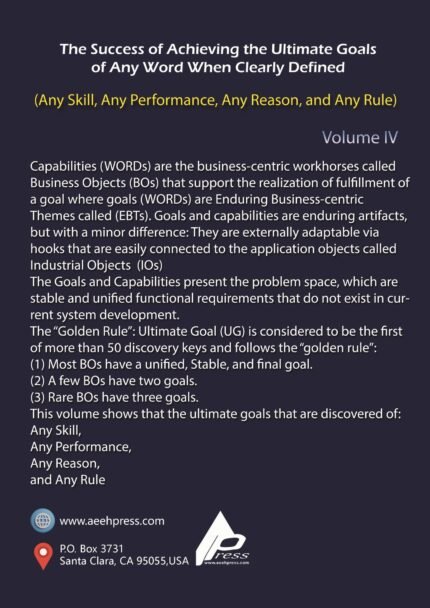
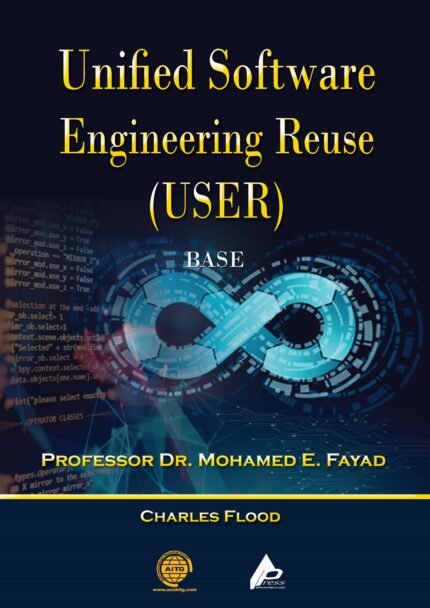
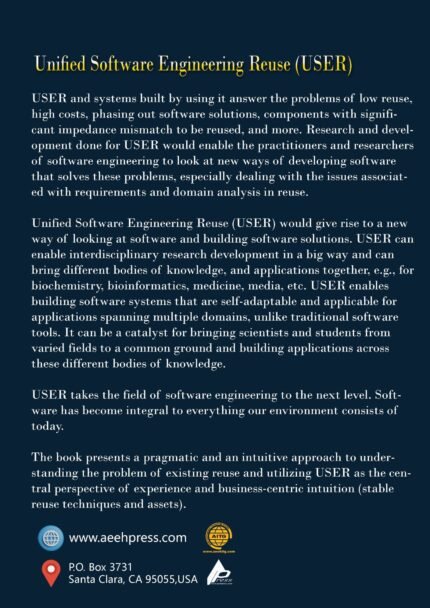



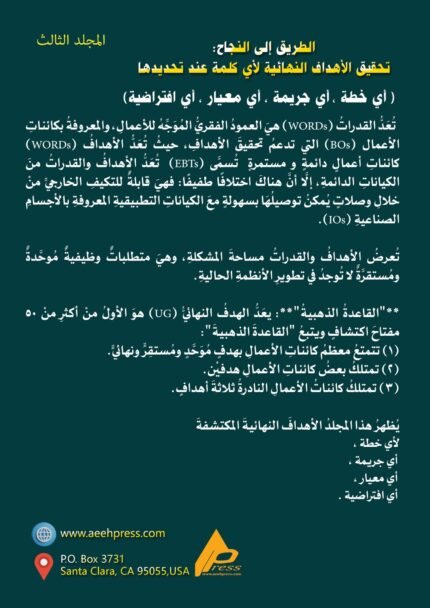
Reviews
There are no reviews yet.